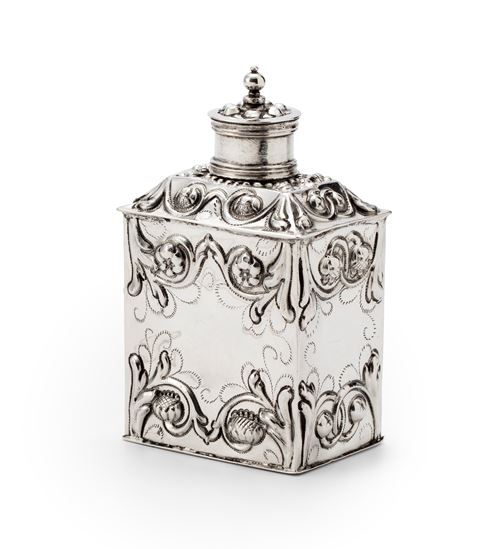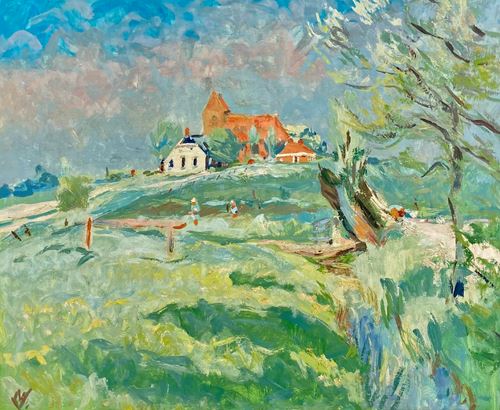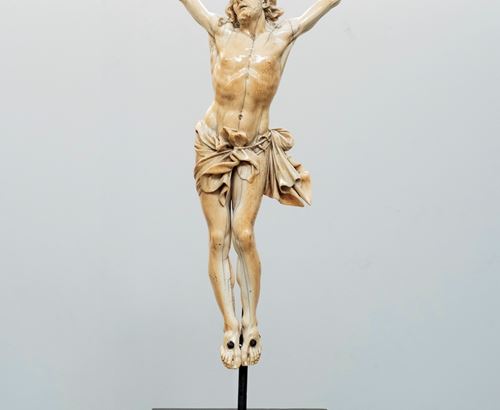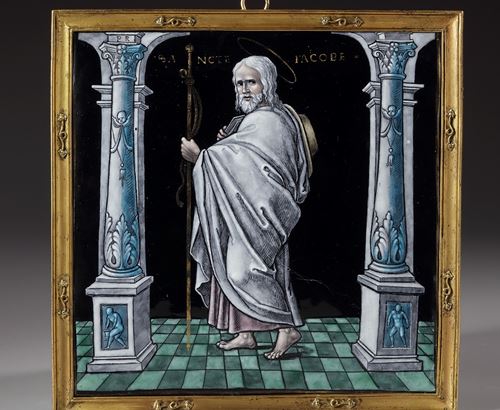DUTCH SILVER TEA CADDY, Reynier Boldijn, Amsterdam, 1711
description
Detail Description
The rectangular caddy is chased with flowers and foliage at the corners. The cylindrical detachable cover with reeded borders has a pinnacle finial. Six acorns are chased at the shoulders of the caddy. Fully marked at the neck and displaying an assay stripe at the reverse.
The attribution to Reynier Boldijn (Amsterdam 1683- after 1733) was made by Mr K.A. Citroen, based on the initials RB. Reynier Boldijn was born in 1683, the son of Michiel Boldijn and Volkertje Amelant. He was the older brother of the Amsterdam silversmiths Gerrit Boldijn and Michiel Boldijn. His father used to be a retailer in Amsterdam. Reynier became a silversmith in 1705. It is recorded that he deceased after 1733.
Tea culture in the Netherlands
Due to merchants of the East India Company (VOC), who came across tea ceremonies in China and Japan, tea was introduced in the Netherlands. They saw potential in this commodity and started transporting large quantities to Amsterdam, where it was stored in canal houses and then auctioned at high prices. Therefore, tea used to be an exclusive drink for the higher classes. Initially, tea was considered to be a medicinal beverage, which was promoted by doctors like Anthoni van Leeuwenhoek, Boerhave, Tulp and Bontekoe. Tea would purify the blood, stimulate the mind and thus enrich the East India Company stakeholders. At the end of the seventeenth century tea was still a luxury product, drunk by wealthy ladies, who organised tea parties. In the beginning of the eighteenth century the popularity of tea increased. A special room in the house and even outside the house was furnished with a tea table and all the necessary accessories. Still standing tea domes at the river Vecht are relics of our tea drinking past.
The accessories consisted of precious porcelain and silver items, which stressed the high status of tea.
Silversmiths were commissioned to make small silver pots and large silver water kettles with burners on stands. Hot water from the latter ones was poured into the small silver pots, containing the tea. Furthermore, tea caddies (with locks) and tea chests with two or three silver caddies were ordered, for several tea blends.

contact
Jacob J. Roosjen SRI






